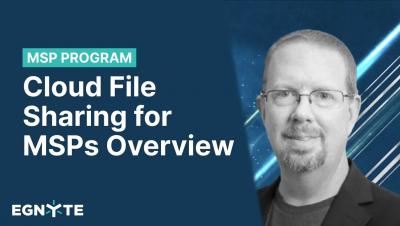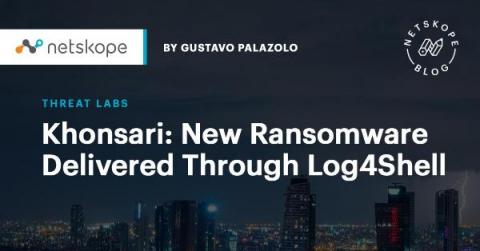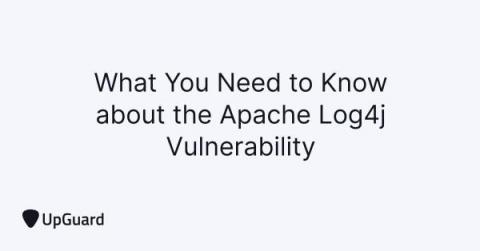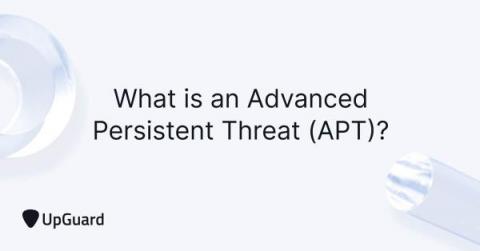Automate Your Cloud Operations With Humio and Fylamynt
A new API integration for Humio and Fylamynt helps joint customers improve the efficiency of their cloud operations teams by automating repetitive and manual operations tasks. Fylamynt, a low-code platform that delivers a developer’s approach to ITOps with site reliability engineering (SRE), works with Humio to empower faster response times to critical operational issues, reduce human error and increase productivity so DevOps teams can focus on adding value through innovation.









